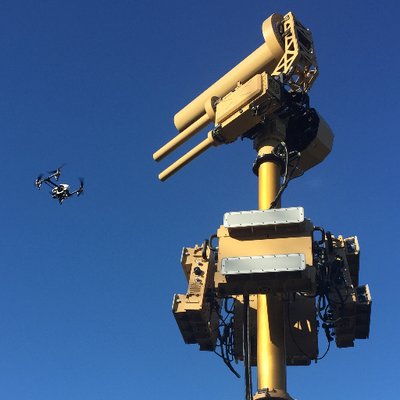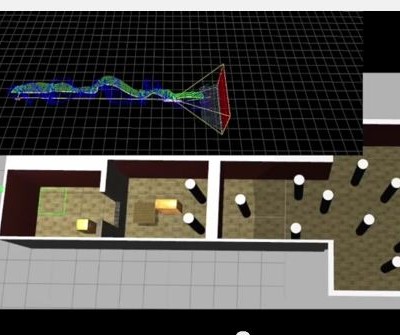
Photo by Robin Sommer on Unsplash
Response to the September 14 drone attack disabling oil processing facilities in Saudi Arabia comes from two U.S. providers of counter-unmanned aerial systems and services (CUAS), Liteye Systems, Inc. and Red Six Solutions. Chief executives of the companies announced a partnership to bring their technologies to bear in “layered” CUAS protection for critical transportation, energy and chemical infrastructure.
As access to inexpensive unmanned aircraft has spread widely, so have capabilities for malicious activities, heightening the threat to critical infrastructures such as airports, energy, agriculture, commercial, government and public venues. Adequate strategic response, say many, has lagged far behind. Diplomats and industrialists internationally expressed surprise that Saudi Arabia, the country with the world’s third largest defense budget behind only the U.S. and China, had no defense in place against the low-flying drones used in the strikes.

Photo: courtesy of Liteye Systems, Inc.
“Incidents and effectiveness of drone-related attacks are steadily increasing. As this trend continues, the next incident will happen, and it could be larger and more destructive,” said Kenneth Geyer, Chief Executive Officer and Co-Founder, Liteye Systems, Inc. “Protecting human life and critical assets from nefarious drone use is vital and requires layers of defensive capabilities. We’ve partnered with expert organizations in industry to bring these solutions to fruition. Only by integrating multiple levels of security can we hope to defend against attacks such as what happened on Saturday.”
Liteye Systems’ CUAS products combine electronic-scanning radar target detection, electro-optical (EO) tracking, classification and directional RF inhibition capability to remotely detect small UAS, then tracking and classifying them before providing the option to disrupt their activity. They come in vehicle-mounted or mast-mounted form, augmented with shoulder-fired anti-drone defense net capturing devices. Founded in the late 1990s, the company has military and commercial customers worldwide.
“US security officials are aware of the seriousness of the situation faced by all critical facilities,” said Scott Crino, CEO of Red Six Solutions. “There is an urgent need for the government to approve policies and release comprehensive solutions to provide direly needed protection to these high priority assets.”
Red Six is a UAS threat assessment provider to the Department of Homeland Security, U.S. Marine Corps and U.S. Air Force. Founded in 2012, its services include UAS pilot services, adversarial unmanned systems intel, integrated vulnerability assessments and threat emulation.






